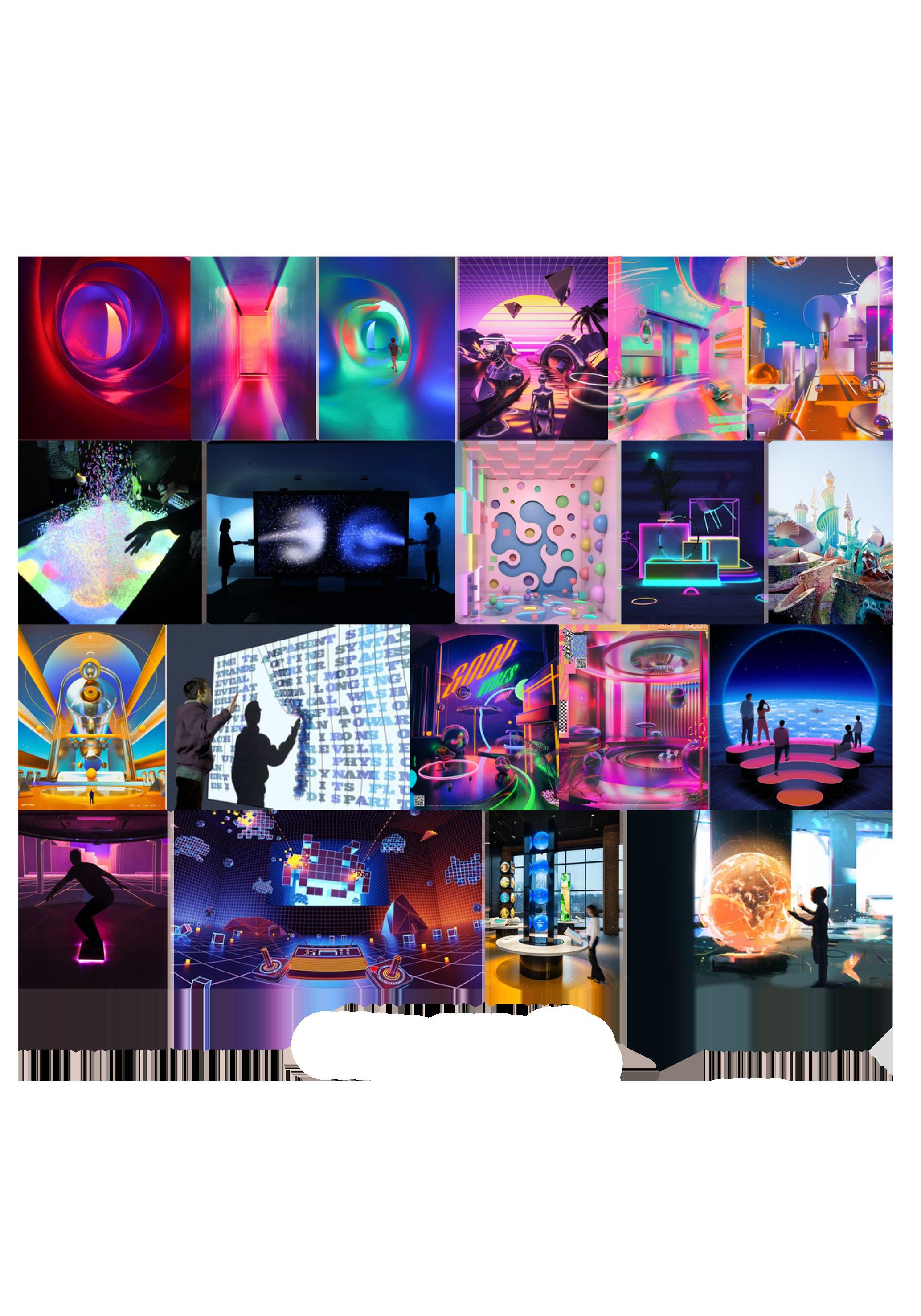
4 minute read
DESIGN PROJECT 3.
SPATIAL DESIGN: DESIGN BRIEF and STATEMENT
The spatial design of ‘Dreams Grow Here’ is to create an immersive and captivating environment which extends beyond a typical digital space. The aim of the spatial design is to make use of vibrant colours, imaginative structures, and carefully curated elements to enthral users. The focus is to revolutionize education by creating a joyful and boundary-breaking learning experience. It aims to transport users, especially children and young adults, to a digital realm where learning goes beyond traditional limits. Emotional exploration is crucial as users gain mastery over their feelings, unlocking an optimal learning environment and nurturing emotional intelligence for academic and personal success. Dreams Grow Here goes beyond being just an educational platform. It is a gateway to endless possibilities, where users can immerse themselves in a world where dreams come alive.
Advertisement
OVERALL RESEARCH and STRATEGY
Different images were curated and a mood board based on different ideas for the spatial design was developed. The visuals were futuristic, had gradient colours, geometrical shapes, and had interactive elements. The main strategy of the spatial design was to improve communication, create a sense of belonging, focus on mental health, promote inclusivity, and enhance the overal learning experience.
In relevance to education Anglicare
Victoria offered programs like TEACHaR and homework clubs to help children work on their skills. Hence, my team and I found it important to include these activites and continue providing the experiences in a more accessible way and enrich their learning experience. The aim was to create better collaboration and co-creation experiences for the users in the metaverse through these programs.
Findings Analysis

Through the research we found the ideas of fun and interactive experience to be incorporated into a collaborative way by introducing gamification elements into the space. The structures were organic and geometrical shapes which would encourage engagement and interactivity amongst the users. Most of the research was conducted through Pinterest and we discovered interesting futuristic ideas to enhance learning and emotional experience.
In order to showcase a fun learning environment the research showed that most spaces promoted the use of shapes that would create a playful enviornment for children. The use of vibrant colours gave a feeling of a safe space and also helped to promote mental health awareness by building an emotionally driven environment. Utilising the space in a way that encourages interactivity was seen in many images. The use of colours and structures played an important role.
Insights

After analysing the images of different spatial designs my team and I came to a conclusion that kid friendly shapes could be the most engaging element in the metaverse for the users. It could help us create an essence of a safe space and focus on coping with mental health issues as well and improve well-being. The space had to make use of structures that could in turn act as an activity as well in the metaverse.
Research Outcomes
The research was conducted through pinterest and the images were found in relation to a fun, futuristic space to enhance collaboration and work towards improving emotional intelligence. The research also focused on spatial designs that could be used as a hangout room for the users and and create opportunities for collaboration and co-creation in the metaverse.
image source: pinterest
Design Process
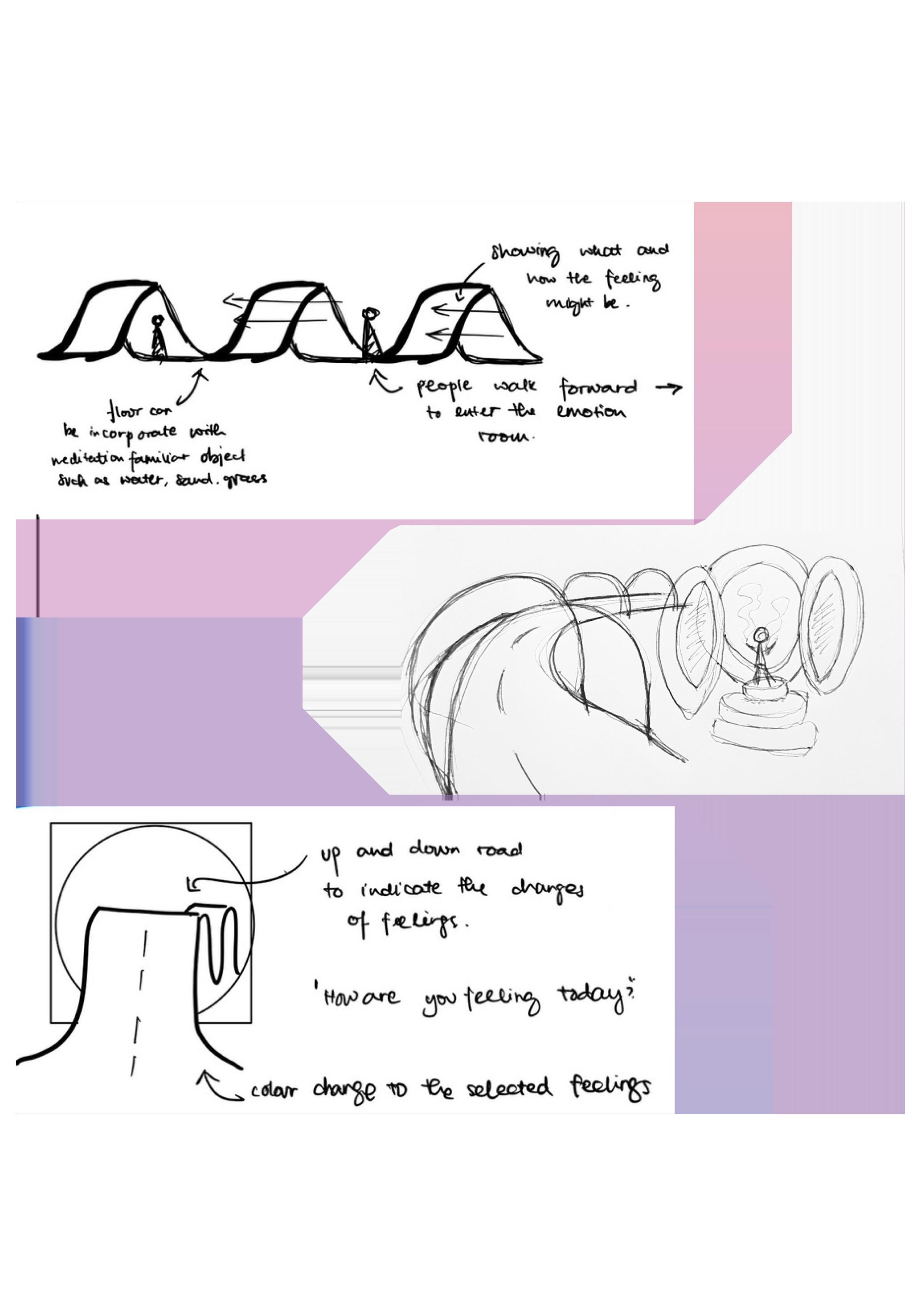

The design process took place in three phases. In the first phase my team member developed sketches of the spatial design and the metaverse experience for the users. The emphasis was on creating a playful environment and developing activites for the children and also focus on mental health concerns.
In the second phase a storybaord was curated to visualize each scene of the metaverse and plan the experience and metaverse journey more accurately for the users. It helped us in developing the spatial design further as we became aware about the elements that required more focus. In the third phase spatial enviornment were developed and 3D models were created. Three spaces were created; emotion exploration room, classroom, and the homework club. Each room had two versions which would then be evaluated further.
PHASE 1 - SPATIAL DESIGN SKETCHES
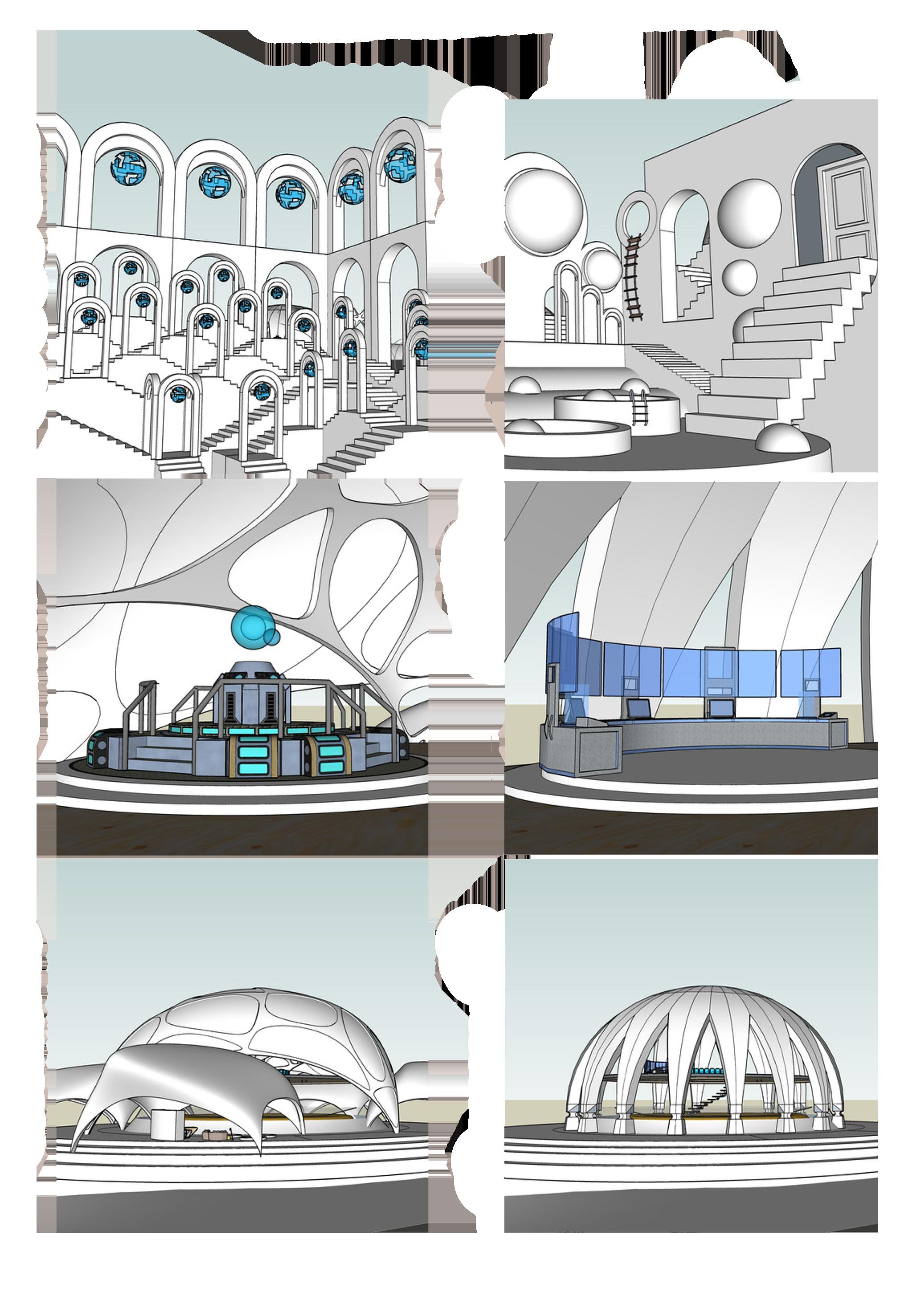


Design Evaluation
In total six spaces were developed in the design process out of which four versions were selected based on the feedback we gained. The spaces designed for the emotion exploration room had a fun and playful environment which would encourage interactivity. We tried to incorporate a puzzle into the space that would create a sense of journey for the users.
The second space is the classroom which has a centralised layout and focuses on an inclusive learning experience. The third space is the homework club with an organic shape. The aim of this space is to encourage relaxation and playful experience in the metaverse.
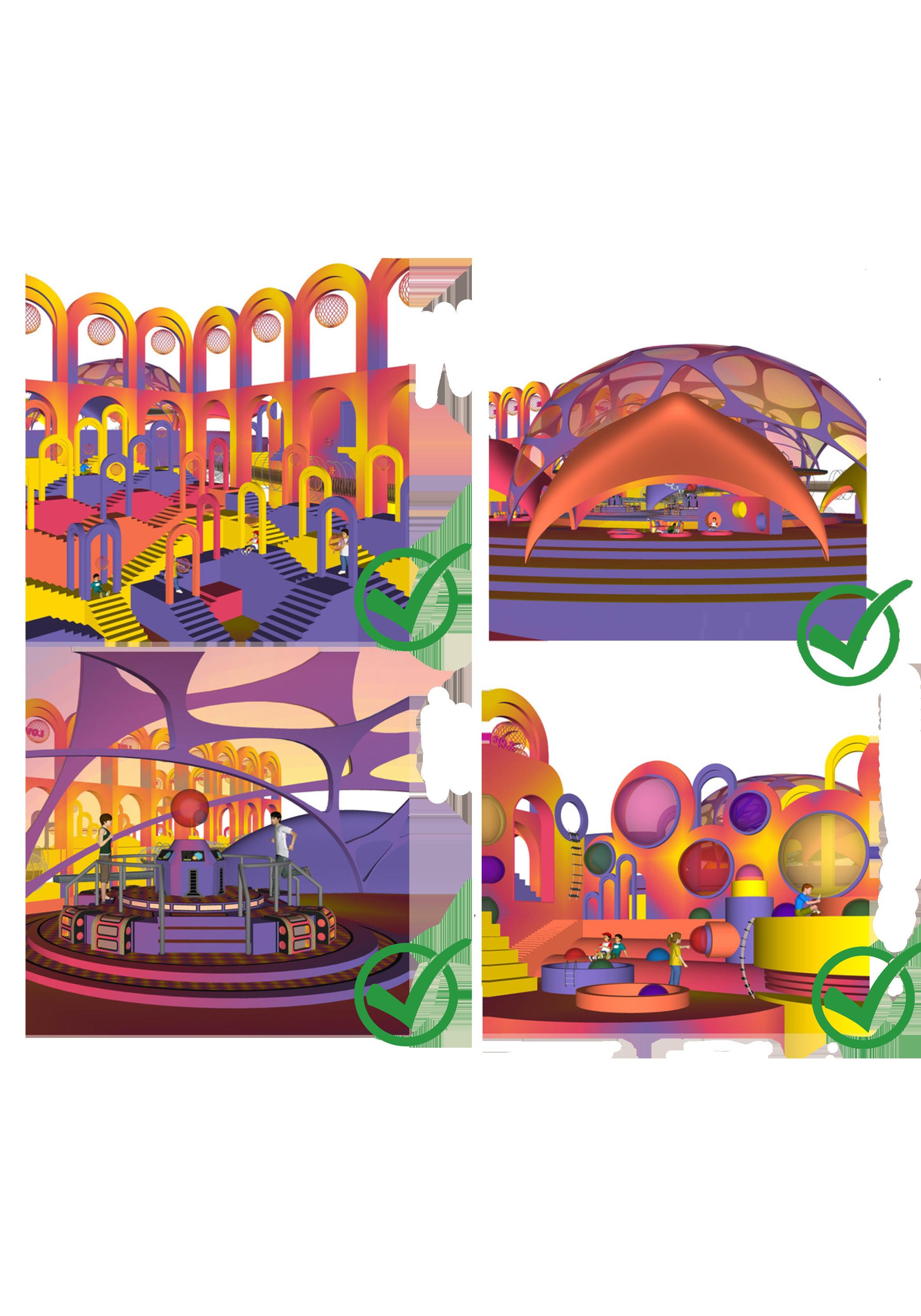

Emotion Exploration
Emotion Exploration Classroom
Final Design Outcomes
In the final design an immersive and captivating environment through the use of vibrant colours, organic shapes, and different elements can be seen. The Emotion Exploration areas elevate the sensory experience, blending vibrant colours and intricate structures to engage users deeply. Through gamification and interactivity, users embark on a transformative journey to explore and navigate their emotional landscapes.
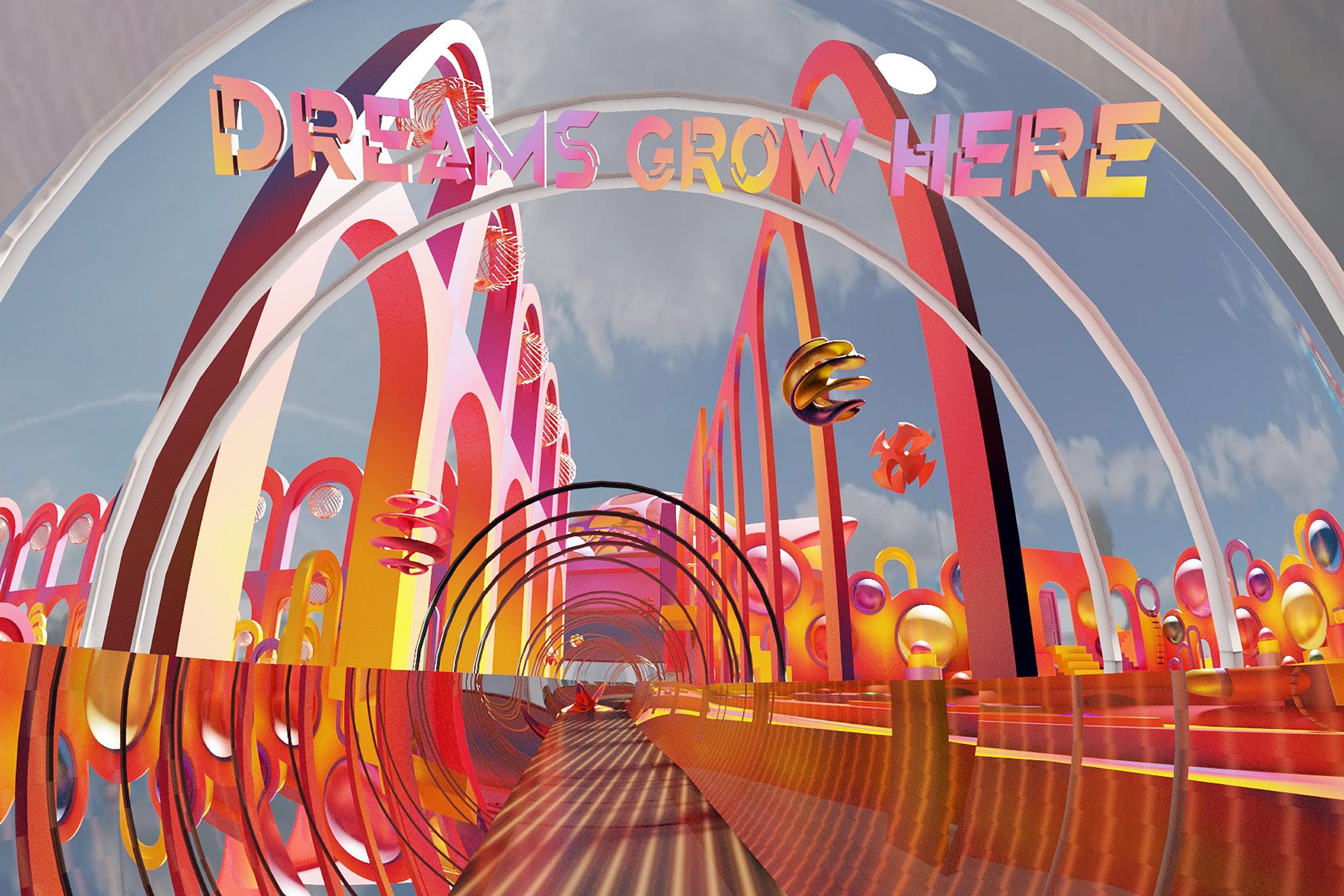
TEACHaR 2.0, with its futuristic UX platform, enhances environmental perception. Its open design encourages active participation and social interaction. Users are immersed in a sensory-rich educational experience. The Homework Club fosters inclusivity and freedom, offering various interactive options and a refreshing atmosphere for collaborative learning. It facilitates connections among individuals with shared interests.

Entrance

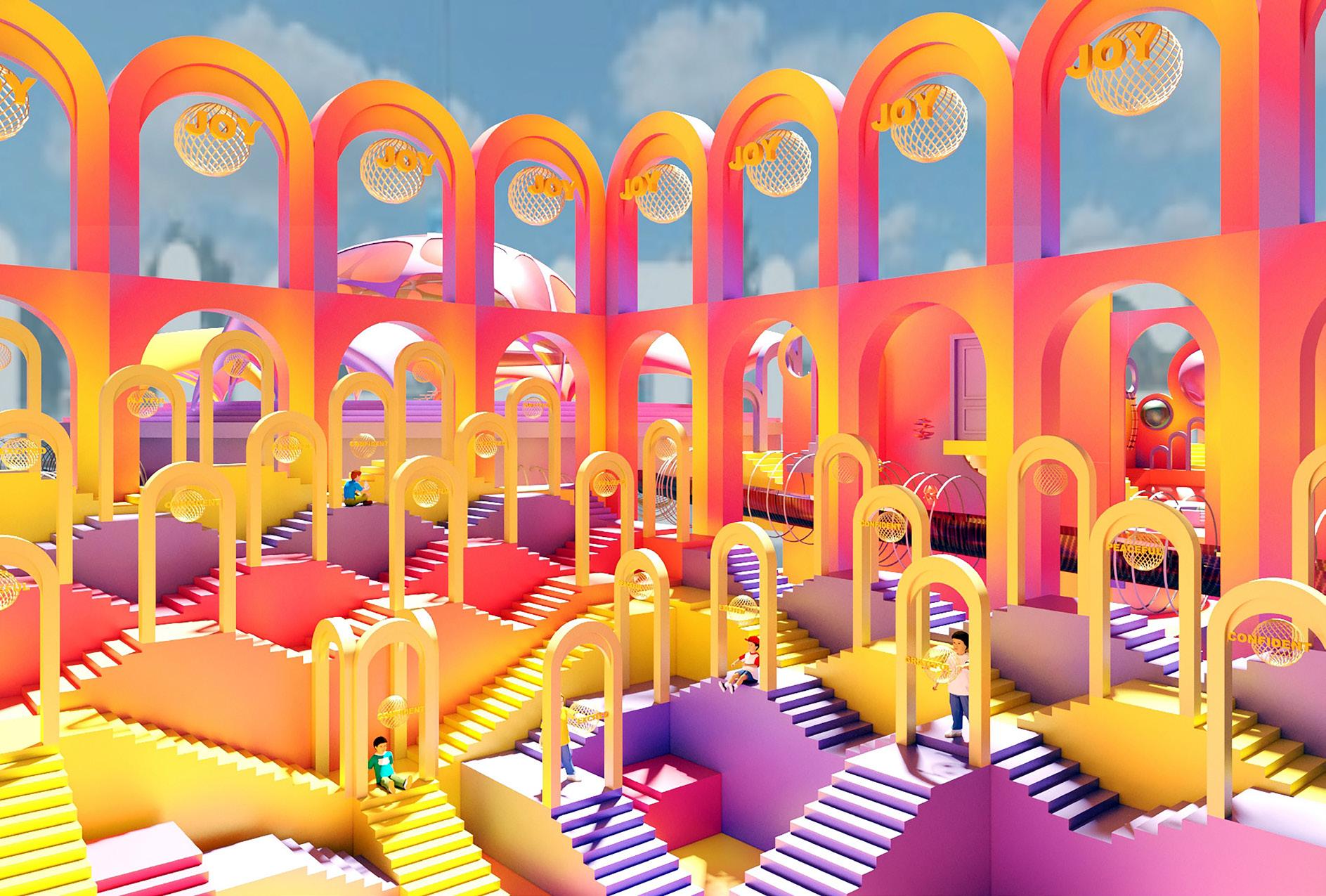
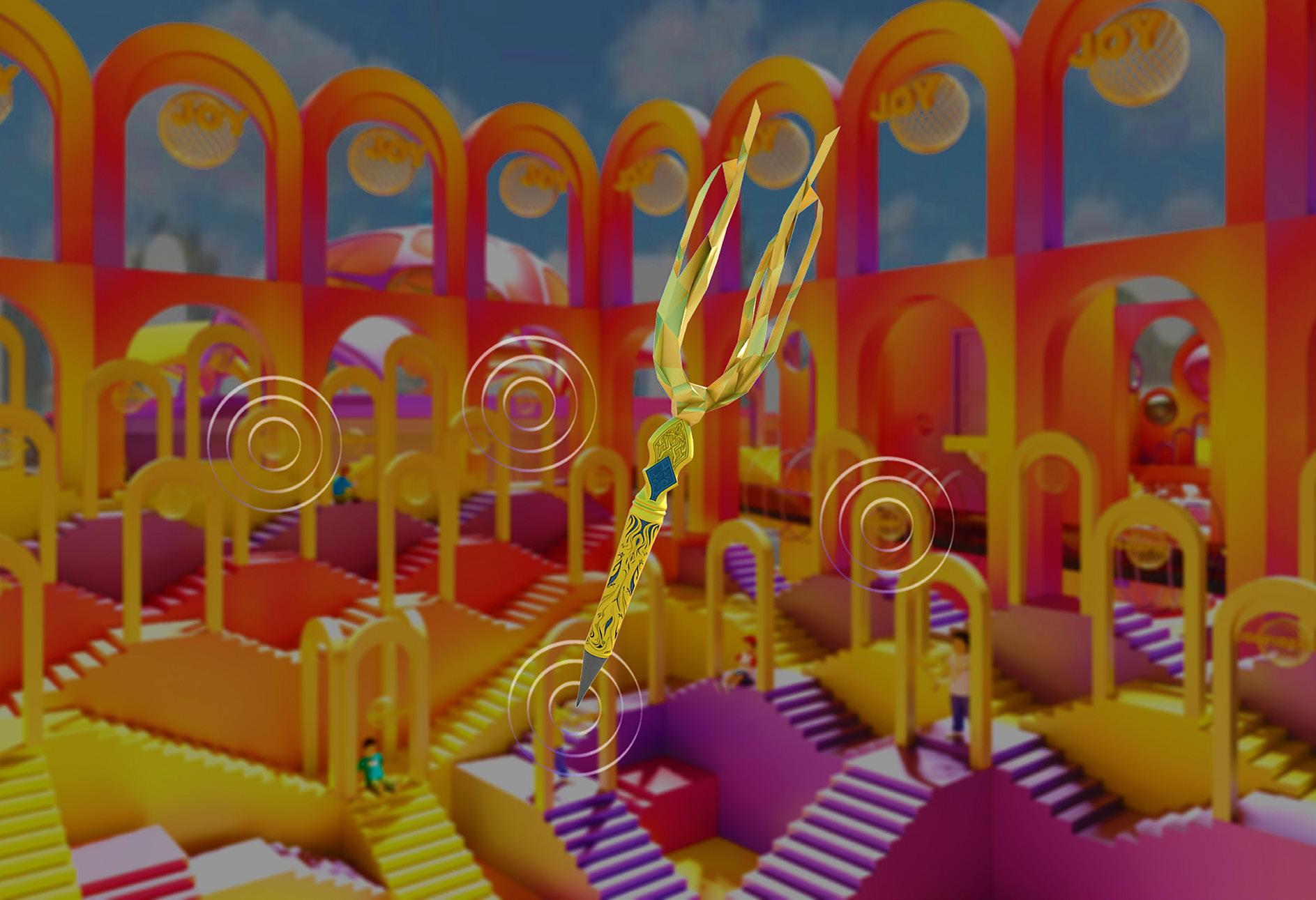
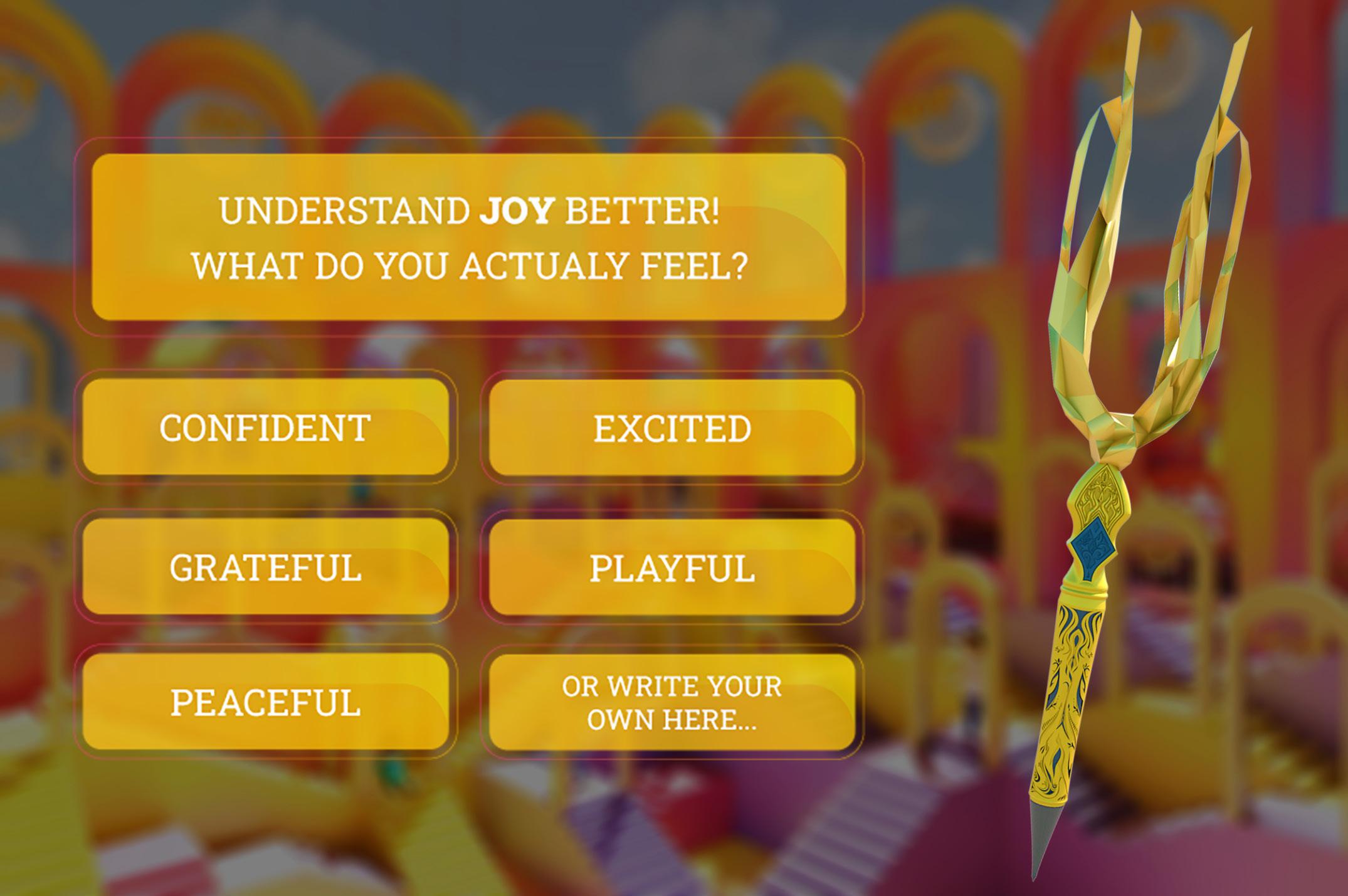

CO-BUBBLY
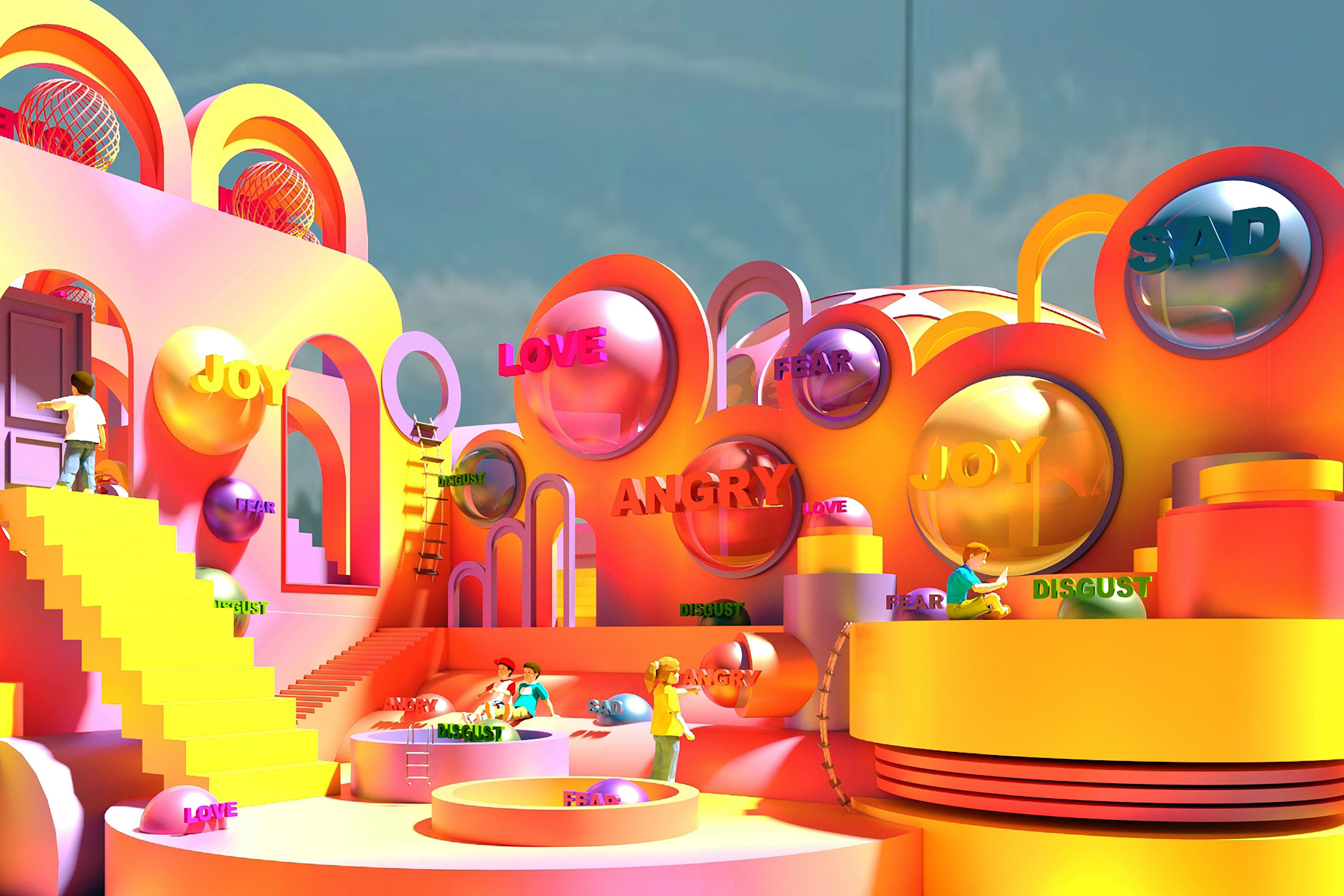
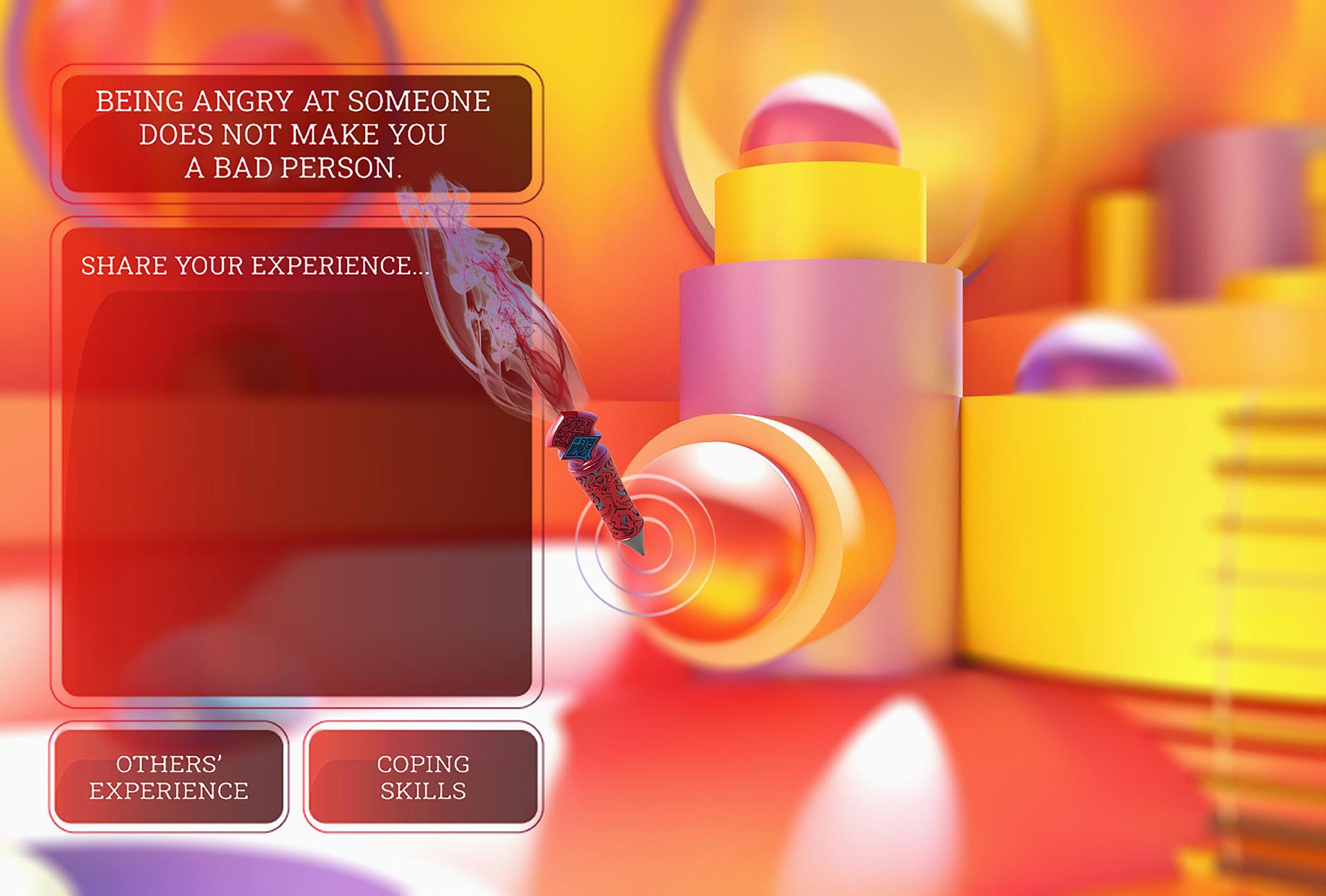

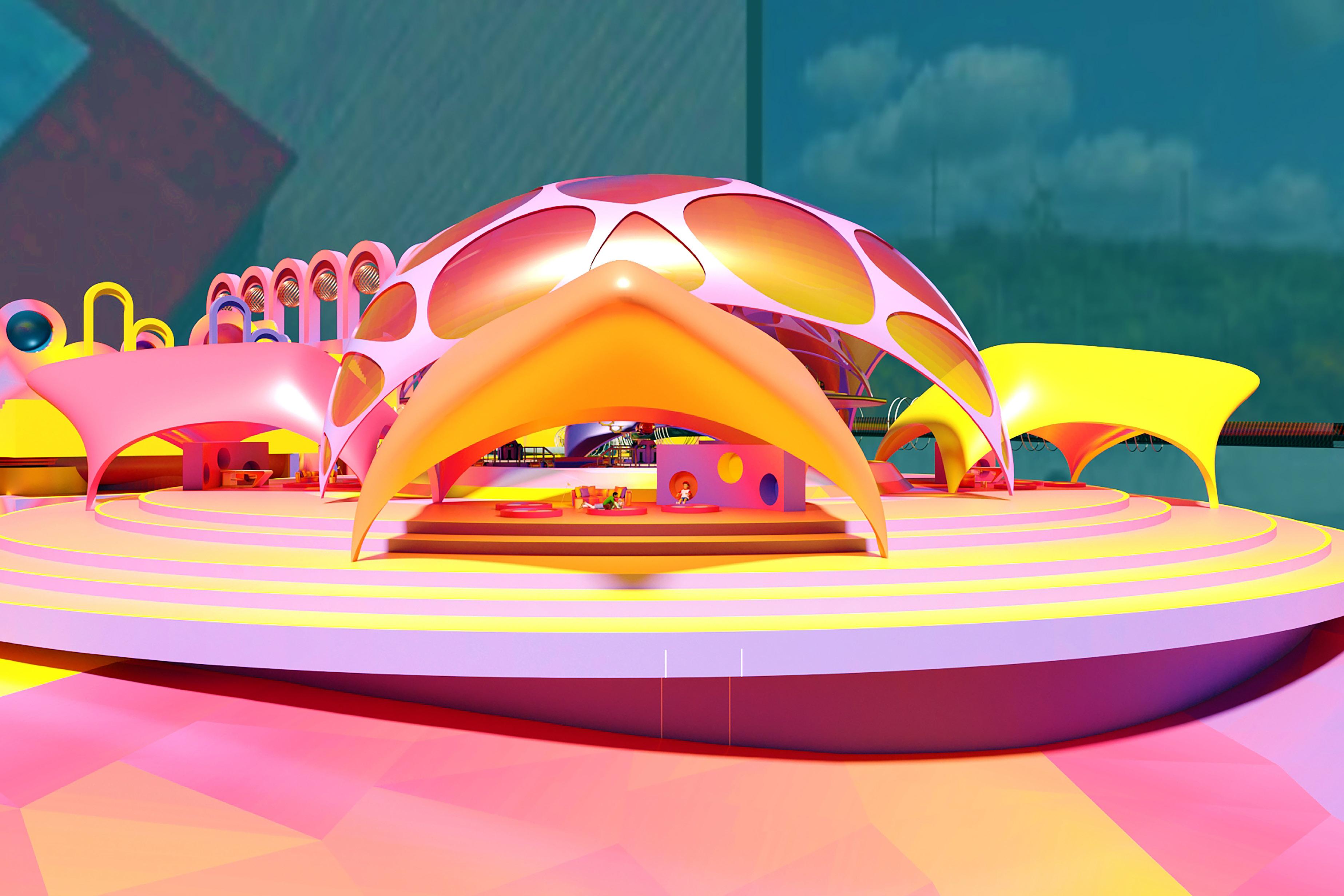

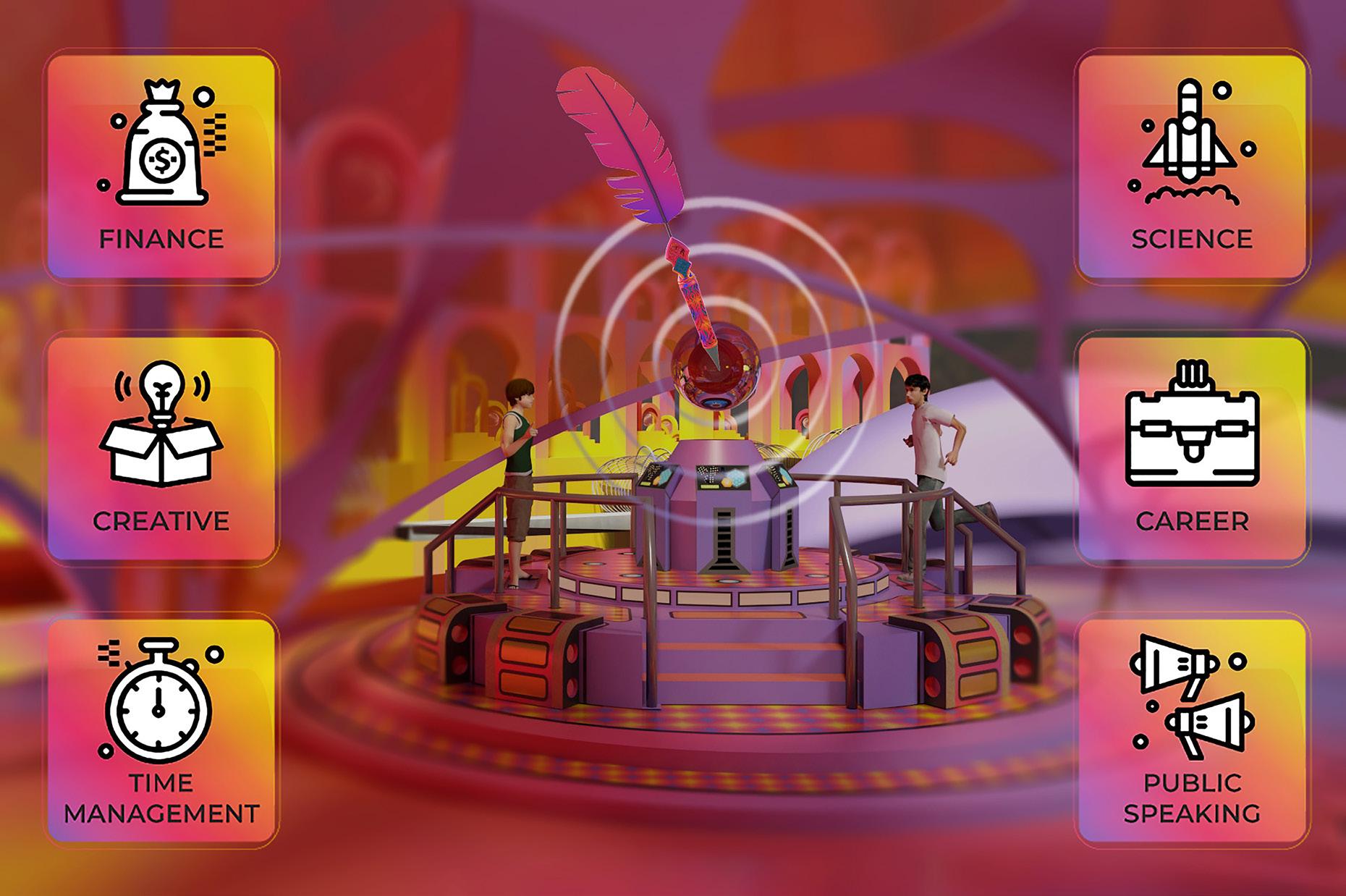
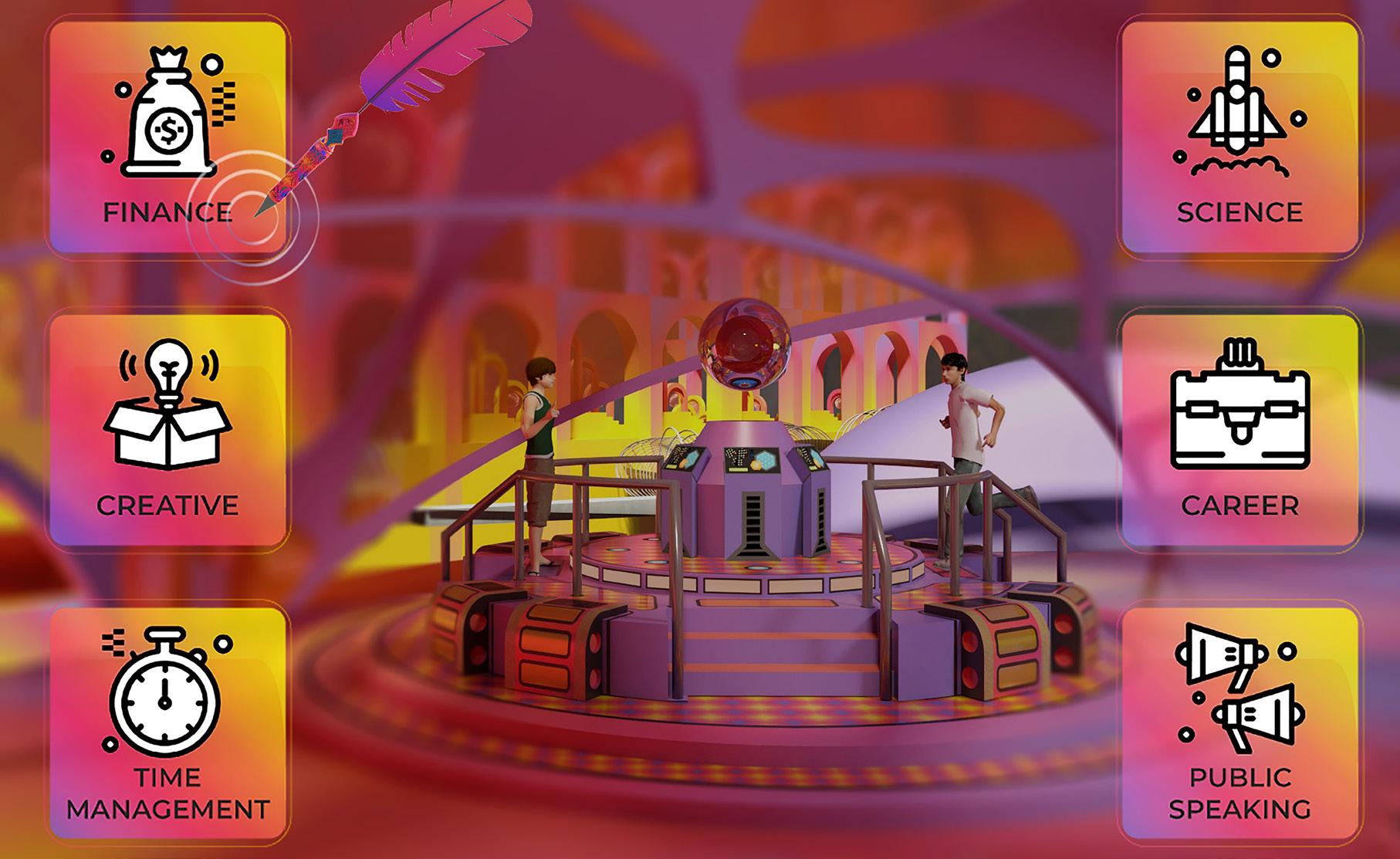
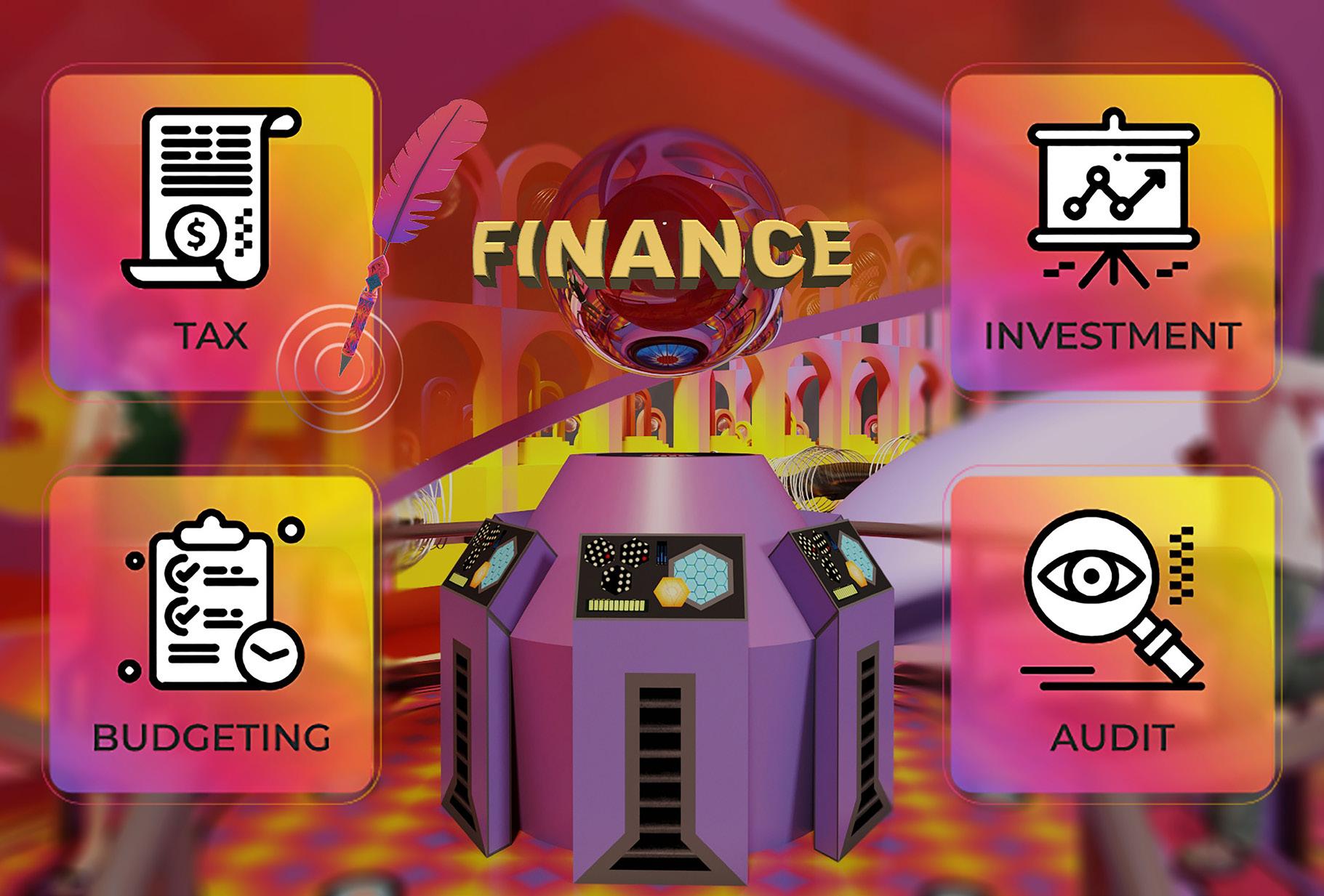
Homework Club
HOMEWORK CLUB - INTERFACE 1
HOMEWORK CLUB - DEFAULT VIEW
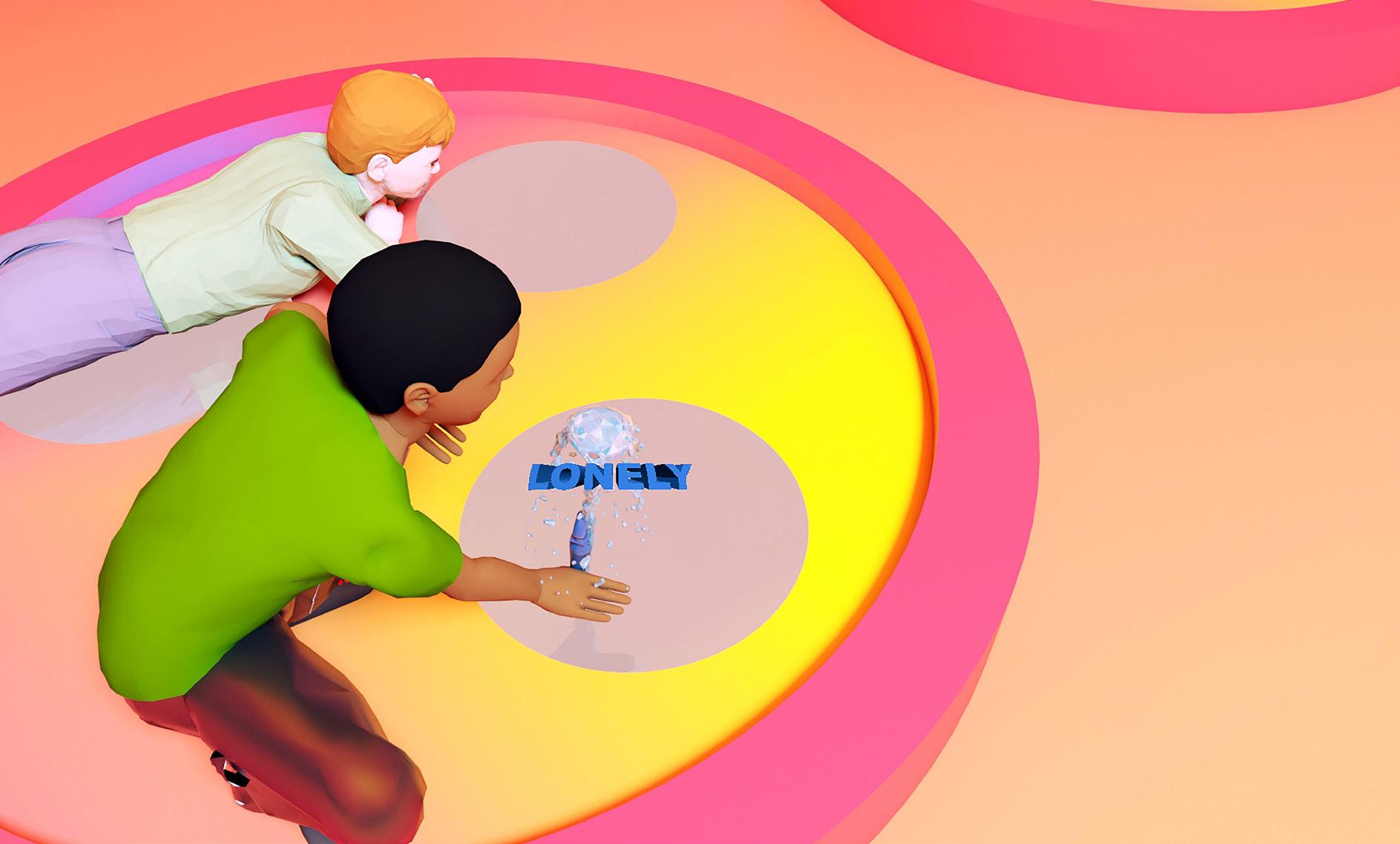
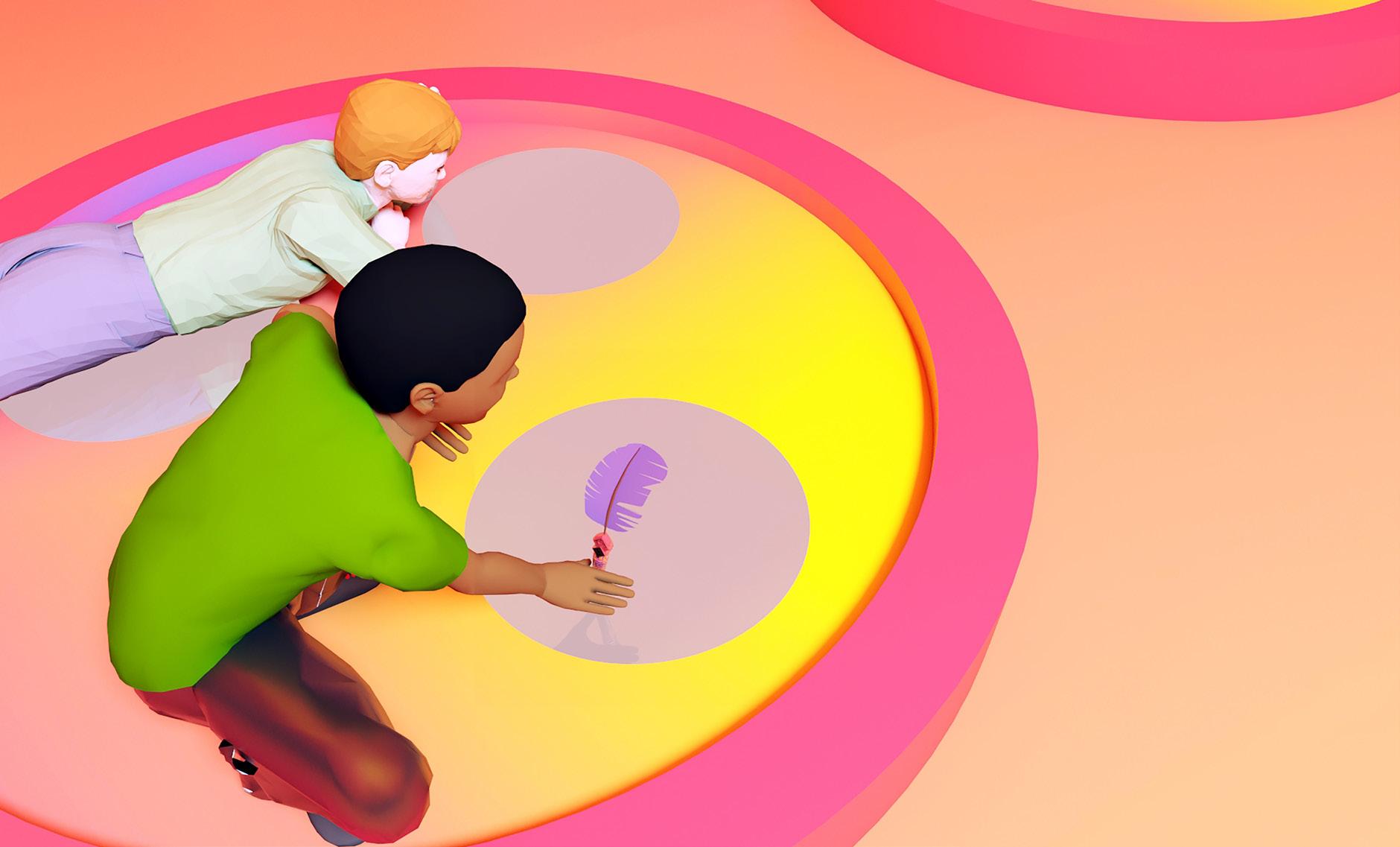
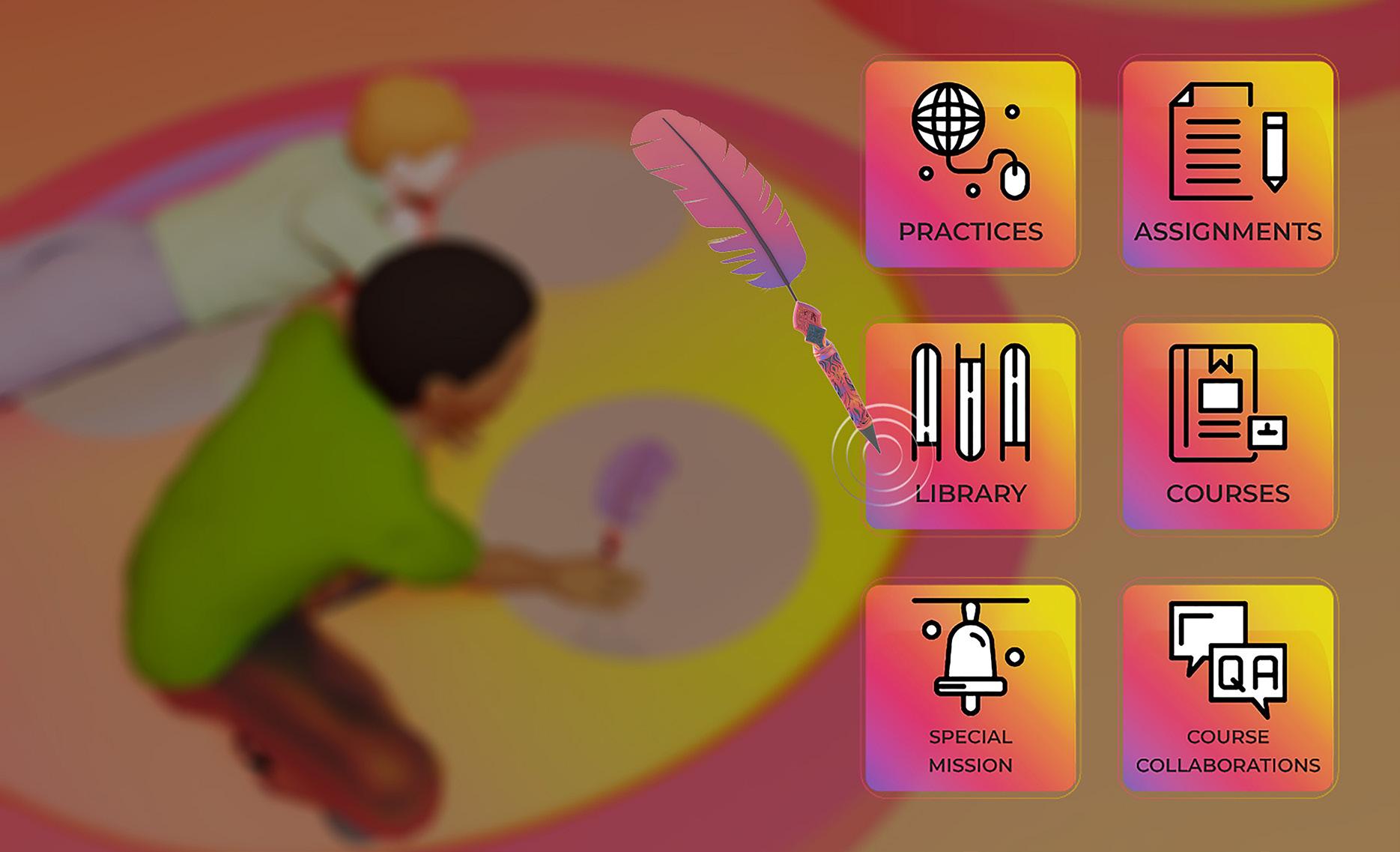
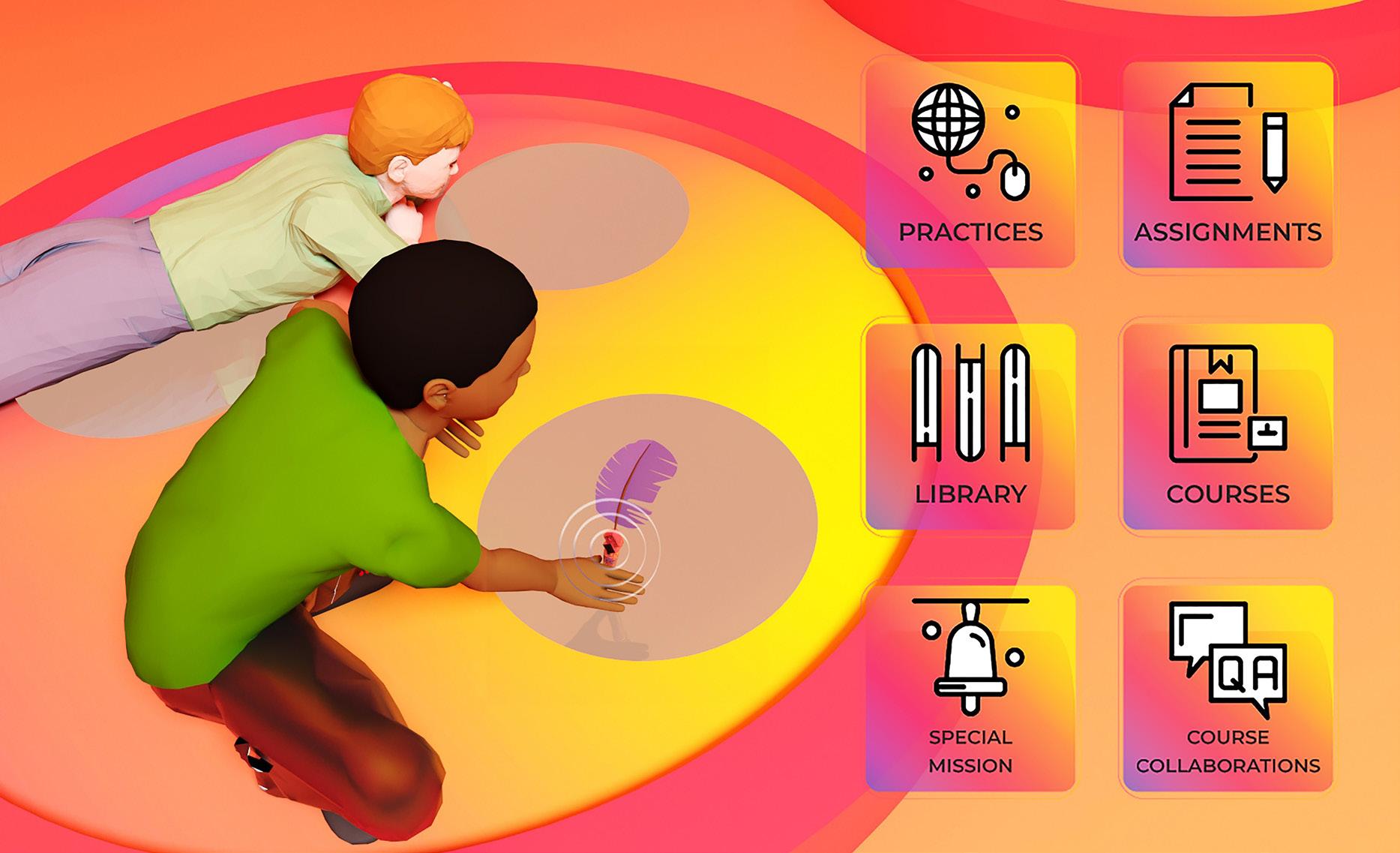
Future Plans
Conclusion
Dreams Grow Here is an initiative to bring transformative changes to the lives of children and young adults. Utilizing the immersive metaverse space provides a supportive environment for individuals facing challenges within the traditional education system or complex emotional situations. The metaverse offers a safe and inclusive space for users to explore and express their emotions, seek guidance, and connect with others with similar experiences.
Promoting “Dreams Grow Here” as a learning platform
Ensure equitable access for vulnerable demographics
Future Design Recommendations

In the future we would like to expand Dreams Grow Here beyond being just an educational platform. It is a gateway to endless possibilities, where users can immerse themselves in a world where dreams come alive. We would like to offer services that would extend the benefits of virtual environment to physical and mental health support. The virtual space would an unique and engaging experience that enhance social connection, personal growth and development.
Interdiscipline Experts Collaborations
Implementation in educational institutions
Implementation in well-being services






